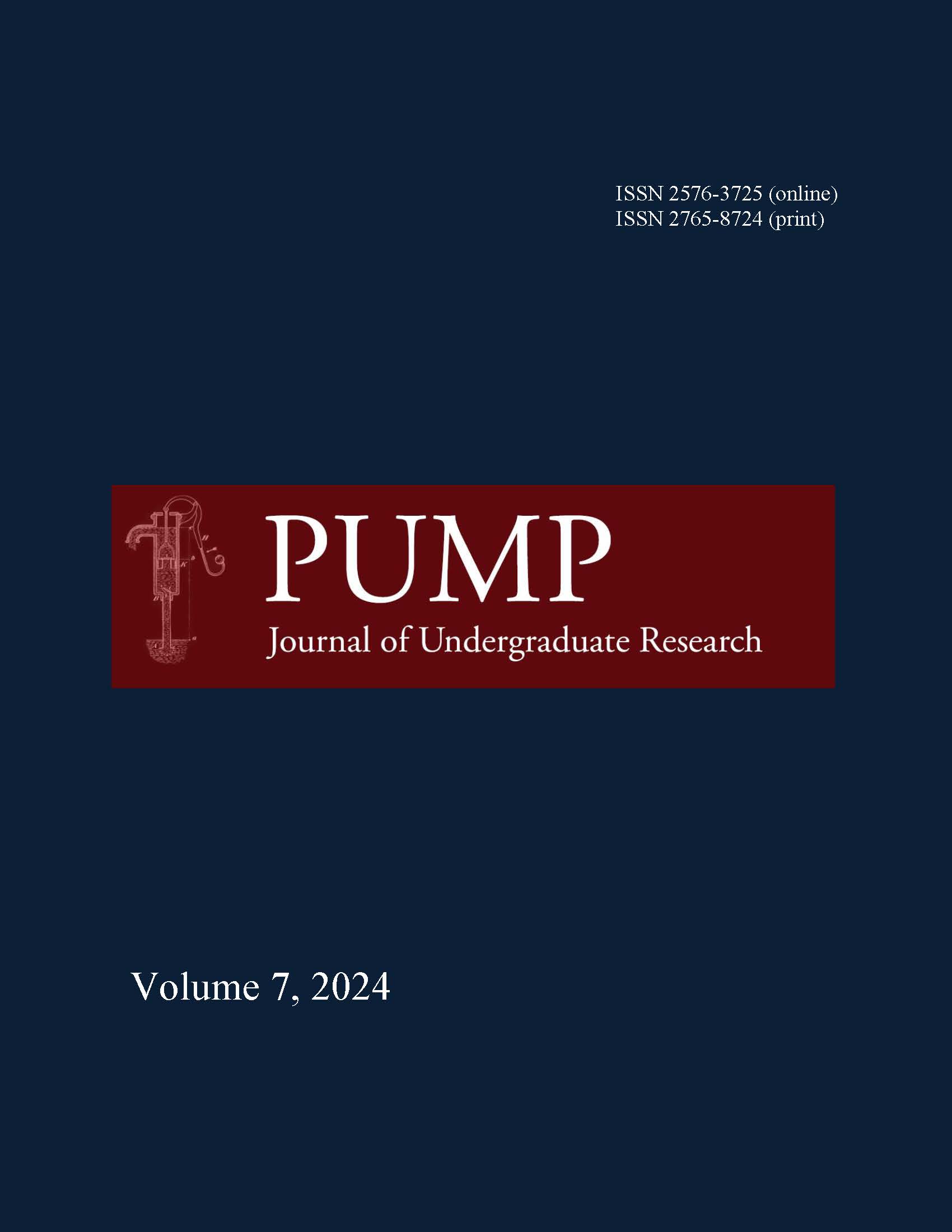The German Tank Problem with Multiple Factories
DOI:
https://doi.org/10.46787/pump.v7i0.4249Keywords:
German Tank Problem; sufficient statistics; complete statistics; sampling without replacement; linear estimatorsAbstract
During the Second World War, estimates of the number of tanks deployed by Germany were critically needed. The Allies adopted a successful statistical approach to estimate this information: assuming that the tanks are sequentially numbered starting from 1, if we observe k tanks from an unknown total of N, then the best linear unbiased estimator for N is M(1+1/k)-1 where M is the maximum observed serial number. However, in many situations, the original German Tank Problem is insufficient, since typically there are l > 1 factories, and tanks produced by different factories may have serial numbers in disjoint ranges that are often far separated.
Clark, Gonye and Miller presented an unbiased estimator for N when the minimum serial number is unknown. Provided one identifies which samples correspond to which factory, one can then estimate each factory's range and summing the sizes of these ranges yields an estimate for the rival's total productivity. We construct an efficient procedure to estimate the total productivity and prove that it is effective when log l/log k is sufficiently small. In the final section, we show that given information about the gaps, we can make an estimator that performs orders of magnitude better when we have a small number of samples.
Downloads
Published
How to Cite
Issue
Section
License
Copyright (c) 2024 Steven J. Miller, Kishan Sharma, Andrew K. Yang

This work is licensed under a Creative Commons Attribution-NonCommercial 4.0 International License.


